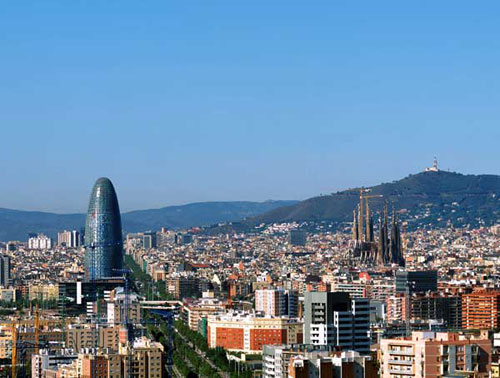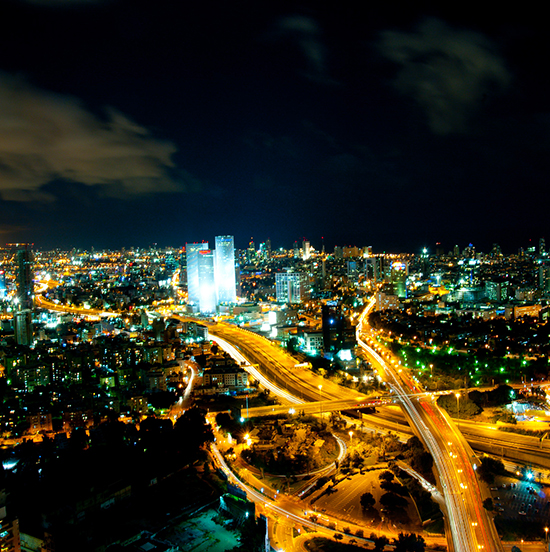When you look at the map of Barcelona, you see a beehive of blocks formed by long and wide streets that intersect. This is the Eixample District, which extends and branches throughout the city. It has a very appropriate Catalan name, since this area was built to unify the historic center to the nearby towns, which now form a set of ten districts. The engineer Ildefons Cerdà was the man who proposed this development plan in 1859, with a really modern design for the time: Cerdà was already thinking about the cars and the environment. This year, the Plan Cerdà is 150 years old!

If you want to discover the Eixample district, you can start by getting lost in its grid, you’ll see many things that look very similar. Tall buildings of modernist style, offices, hotels, restaurants, shops, trees, very wide sidewalks – with the flower symbol, cars… Today this is an upper middle class and mostly residential neighbourhood, but it is also home of the gay district, known as Gayxample which is located on the left side of it. On the right side we fund emblematic places such as the famous Sagrada Familia, La Pedrera and La Casa Batllo, on Paseo de Gracia.
But original idea was that each block would be a series of residences with a green space in the middle, like a little island (in Barcelona they are known as patio blocks). Today there are not many, since the space was gradually used up to build more new buildings.
Cerdà wanted to make a city of human proportions. He had foreseen the downtown in Gloríes – where the Agbar Tower is located, and where the Meridiana Avenue starts. He called it La Meridiana thinking in terms of the Earth’s meridian. There is also where the Avenida Diagonal starts and it crosses the entire city. It was designed to facilitate mobility. An interesting anecdote: the first stone of the Eixample was installed in 1860 in the Placa Catalunya.
The Eixample streets are so wide because Cerdà wanted to light up and air out the city. The cut corners – called chamfers, were created to stop the horse carts without disturbing the flow of traffic. Today these areas serve for parking as well as loading and unloading. Since Barcelona is a port city, its passenger’s traffic has always been very intense. But the city was enclosed in a wall – the Ciutat Vella -, and it had a need to be opened up and the expansion was designed to create a modern city that could breathe. Without the input of Cerdà, Barcelona would not be what it is.
To learn more about the 150 years of urban modernity, we invite you to visit the exhibitions that are spread over several city centres throughout the year. For the Mercé festival in late September, L´Eixample is a privileged space. And the easiest way to figure it out is to come to discover the Eixample district for a few days. Book the best Apartments in Barcelona and enjoy its various districts.

 English
English

